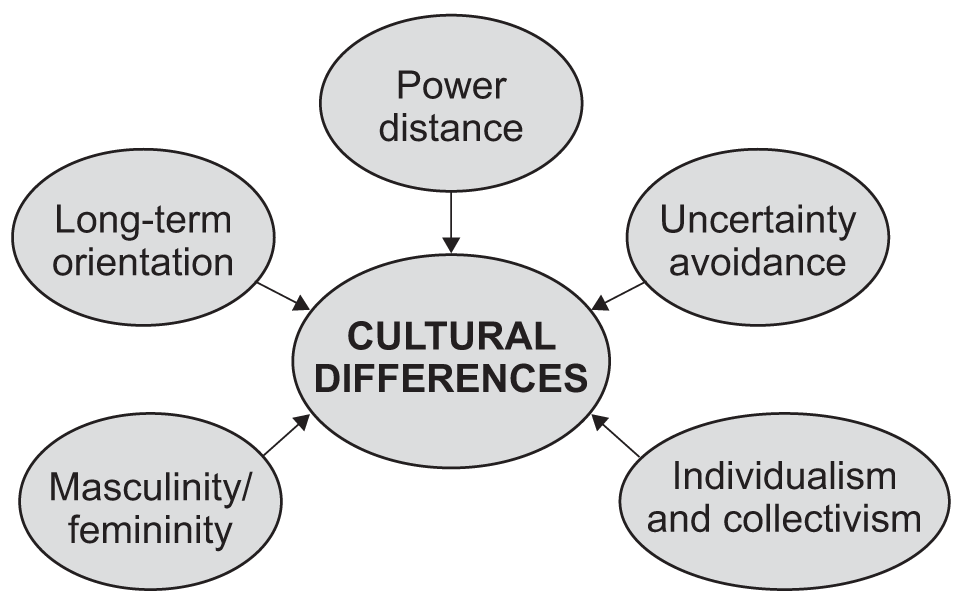Teaching guide: Hofstede's national cultures (for last exams in 2024)
Identifies different forms of national culture.
Model/theory

Key points
Hofstede’s study suggested differences in national culture. The dimensions he identified were:
Individual and collectivism (IDV)
This considers the extent to which individuals believe they should look after themselves rather than be team players.
Power distance index (PDI)
This refers to the extent to which a society accepts that power is distributed unequally. In countries where PDI is low they will usually have decentralised organisations, whereas countries with a high PDI usually accept more centralised, heirarchical structures.
Uncertainty avoidance index (UAI)
This is the extent to which employees feel threatened by ambiguity and the extent to which they like rules and a well-defined career structure.
Masculinity (MAS)
This refers to the dominant values in the organisation. Are these mainly 'masculine' (focusing on assertiveness and money) or are they more 'feminine' (focusing on concern for others and the quality of relationships)?
Long-term orientation (LTO)
This refers to how long-term employees are in their thinking, which will affect their planning and attitude to investment.
When you can use this
When discussing the types of culture and the possibility for culture clashes.
Although Hofstede’s work was specifically in relation to national cultures, you can adapt this framework to discuss how and why the cultures of different organisations may differ, and why employees from different organisations may experience cultural clashes when working together.
This could be useful when considering:
- global businesses and employees within these communicating with each other and working together
- the problems of mergers and takeovers
- difficulties entering overseas markets.
Where it's been used
Q11, A-level paper 1, 2018
Q3.1, A-level paper 3, 2017